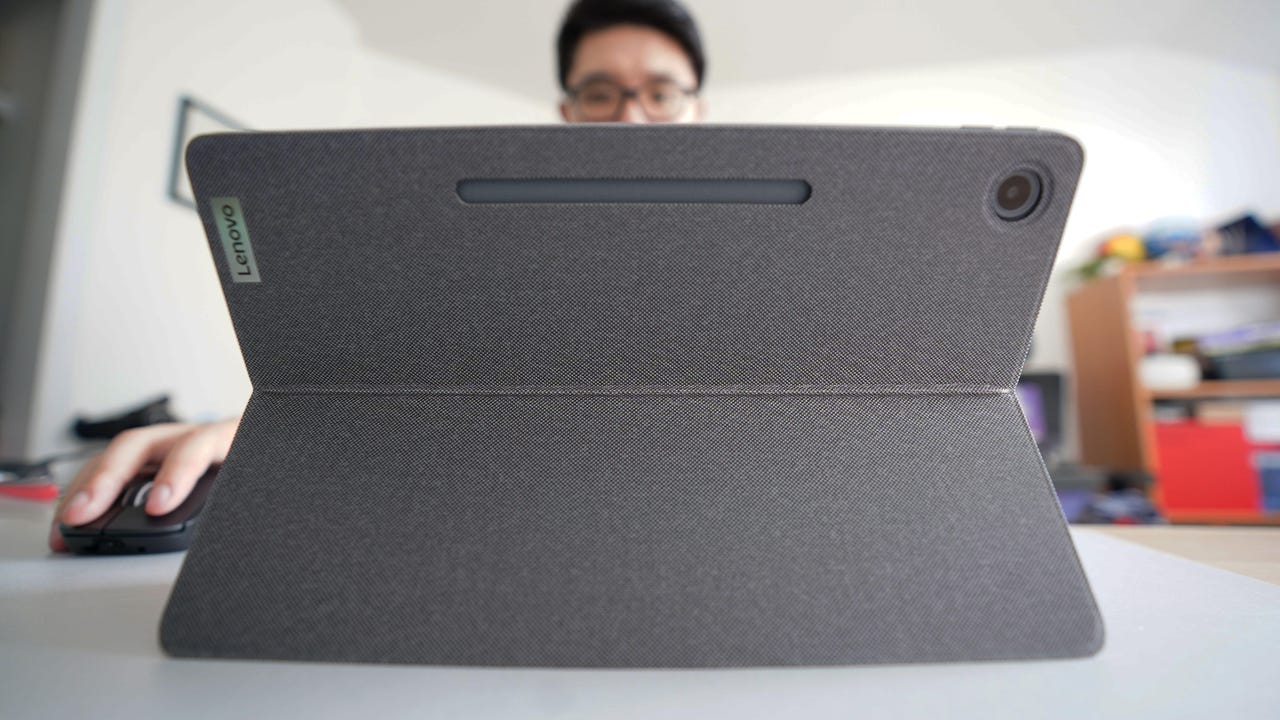'ZDNET Recommends': What exactly does it mean?
ZDNET's recommendations are based on many hours of testing, research, and comparison shopping. We gather data from the best available sources, including vendor and retailer listings as well as other relevant and independent reviews sites. And we pore over customer reviews to find out what matters to real people who already own and use the products and services we’re assessing.
When you click through from our site to a retailer and buy a product or service, we may earn affiliate commissions. This helps support our work, but does not affect what we cover or how, and it does not affect the price you pay. Neither ZDNET nor the author are compensated for these independent reviews. Indeed, we follow strict guidelines that ensure our editorial content is never influenced by advertisers.
ZDNET's editorial team writes on behalf of you, our reader. Our goal is to deliver the most accurate information and the most knowledgeable advice possible in order to help you make smarter buying decisions on tech gear and a wide array of products and services. Our editors thoroughly review and fact-check every article to ensure that our content meets the highest standards. If we have made an error or published misleading information, we will correct or clarify the article. If you see inaccuracies in our content, please report the mistake via this form.
How to connect your Chromebook to a network printer

The Chromebook has evolved way beyond its original intent. No longer just a "browser in a box," ChromeOS easily functions as a full-fledged operating system that can do nearly everything you need. Case in point, adding a printer to Chromebook is much easier than you think.
ZDNET Recommends
Now, there is a caveat to this. Your best bet for successful printing from ChromeOS is to add a printer that is attached to another machine on your network and shared out.
So if you have a Linux, MacOS, or Windows desktop, attach your printer to that machine and share it to your network. Once you've done that, adding the printer to your Chromebook is as simple as it gets.
Also: The best printers right now
Let me show you how.
How to connect your Chromebook to a network printer
Requirements
In order to successfully add a printer to your Chromebook, you'll need the following:
- A Chromebook.
- A printer that is attached to a machine on your LAN.
- That printer that is shared from the hosting OS.
- Both the Chromebook and the machine hosting the printer must be on the same network.
- The IP address of the machine to which the printer is attached.
Also: How I revived three ancient computers with ChromeOS Flex
Once you have all of those things in place, it's time to add the printer to your Chromebook.
1. Open the Settings app
Log in to your Chromebook and open the Settings app from either the gear icon in the notification popup or from the Launcher.
2. Locate printer settings
When the Settings app opens, type printer in the search field to reveal the Printers section.
Printers are much easier to add in ChromeOS than you think.
3. Add the printer
Click + associated with Add Printer. In the resulting window, click Printer Server at the bottom left corner.
We'll be adding the printer from a print server.
4. Locate the printer
In the next popup, type the IP address of the machine the printer is attached to and click Add.
To locate the printer, type the IP address of the machine hosting the printer.
5. Save the printer
ChromeOS will automatically locate the printer connected to the server and list it in the Add Printer window. Locate the printer you want to add and click Save to complete the process.
To finish up the process, click Save.
Your printer has been successfully added to your Chromebook. If there's more than one printer found on your server, you can always save as many as you like. For example, you might have a monochrome laser and a color printer associated with your server. Add them both and then print to whichever one you need.
Also: 5 reasons Chromebooks are the perfect laptop (for most users)
With your printer added to ChromeOS, you can print to it as if it was connected directly to your laptop. Congratulations on expanding the usability of your Chromebook.
